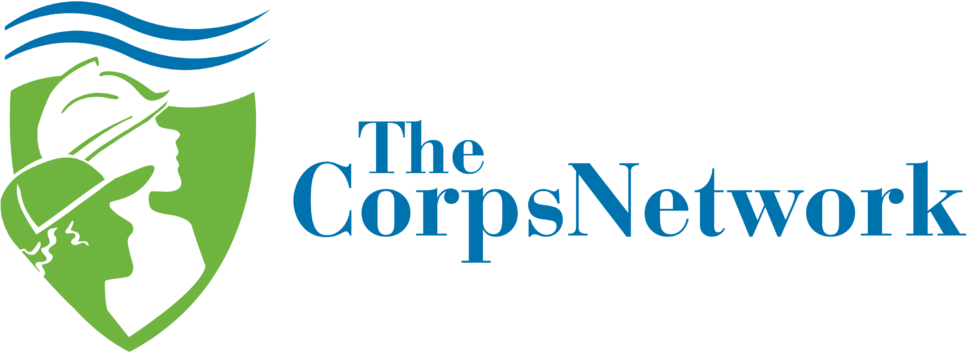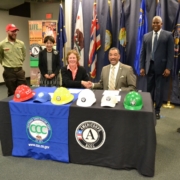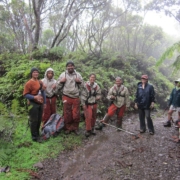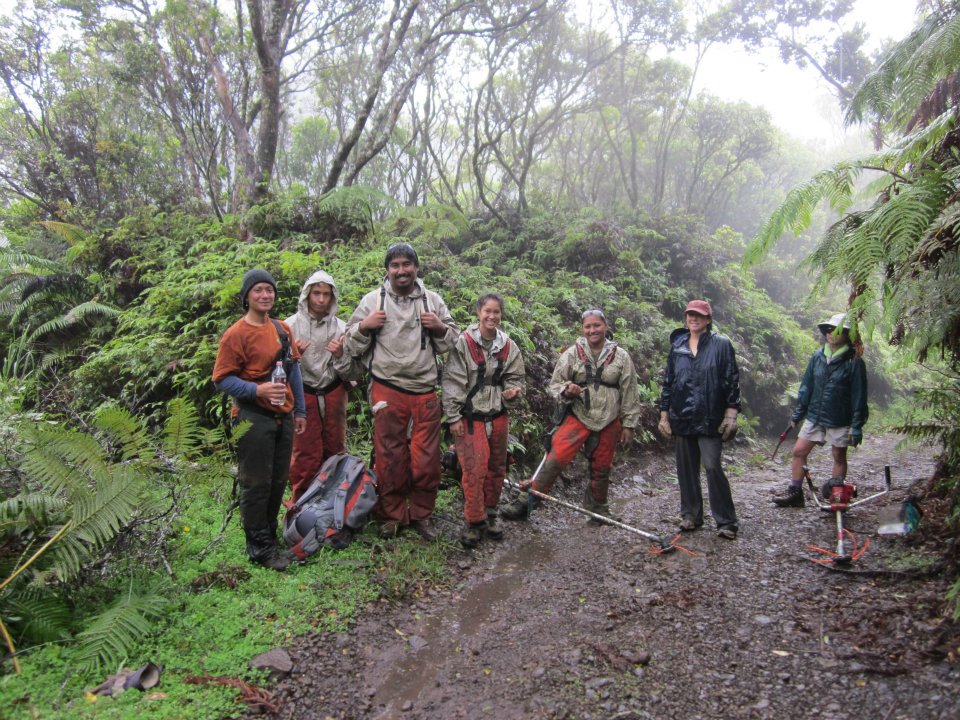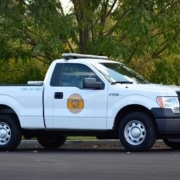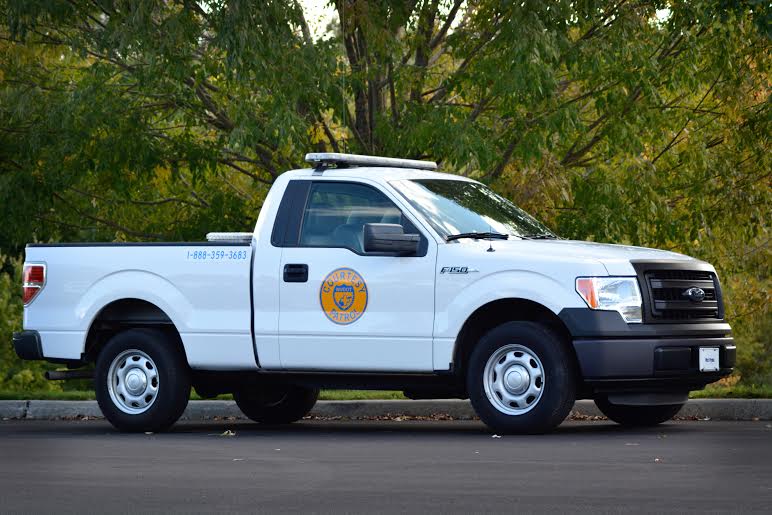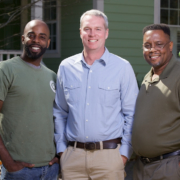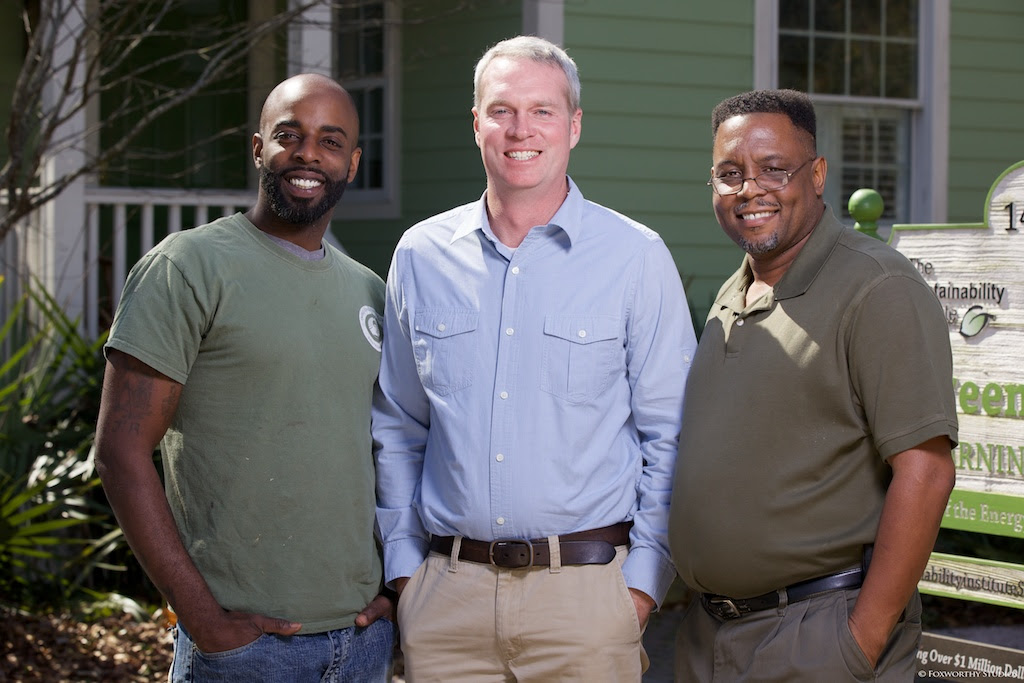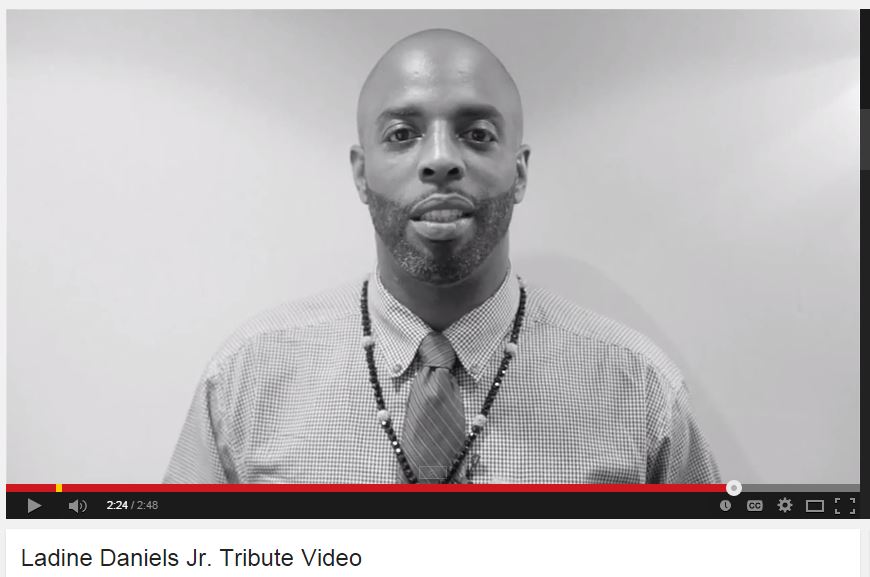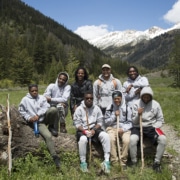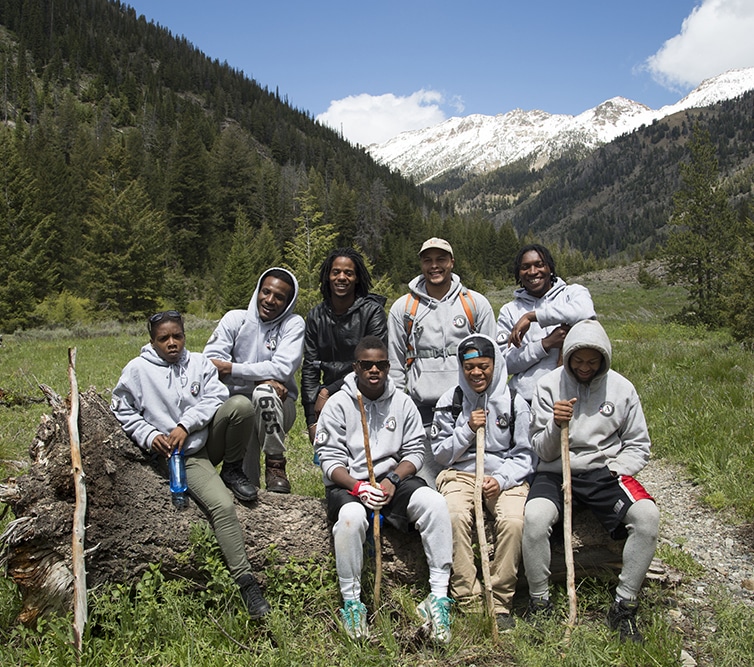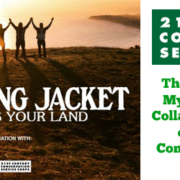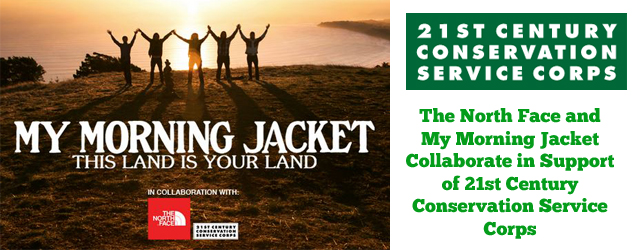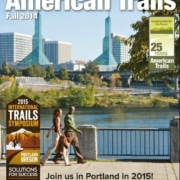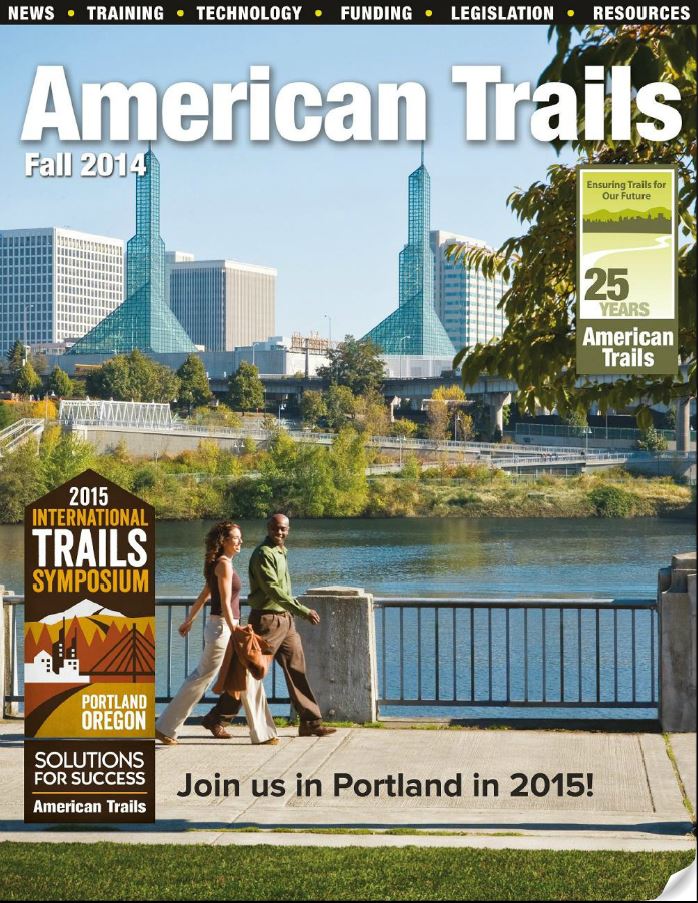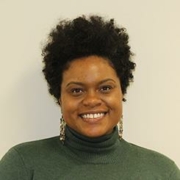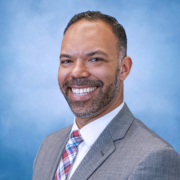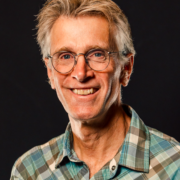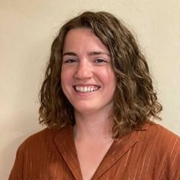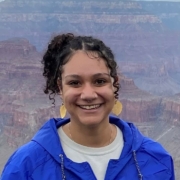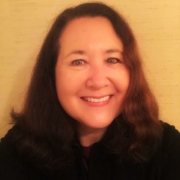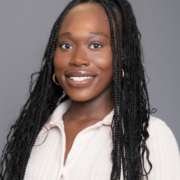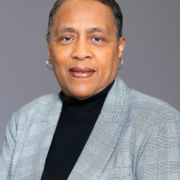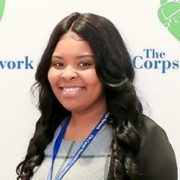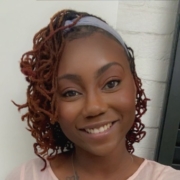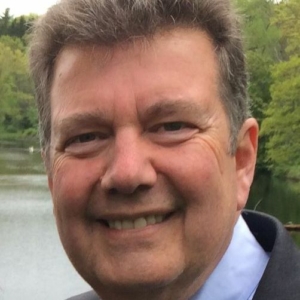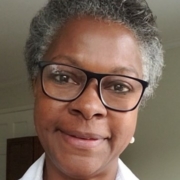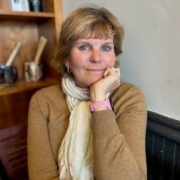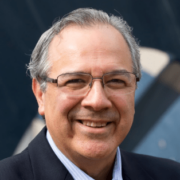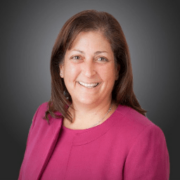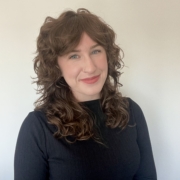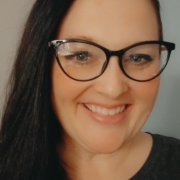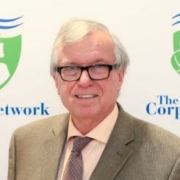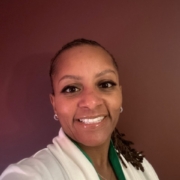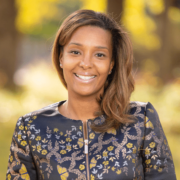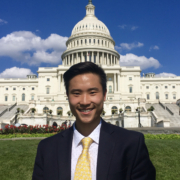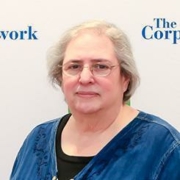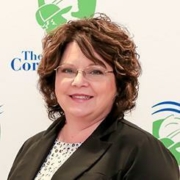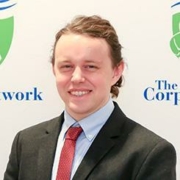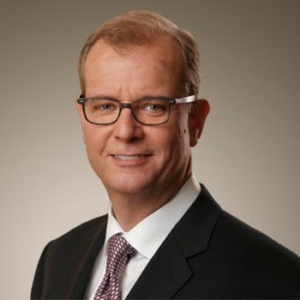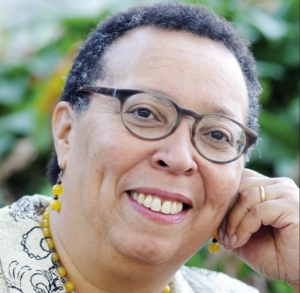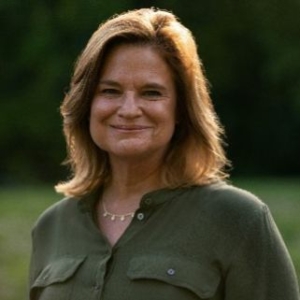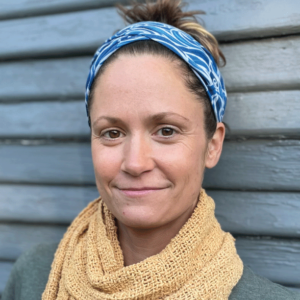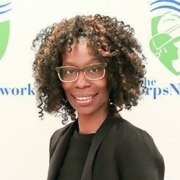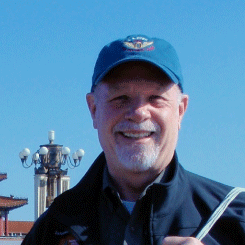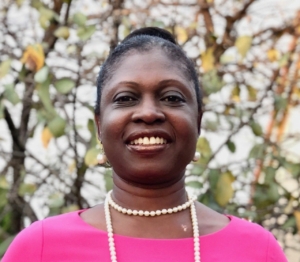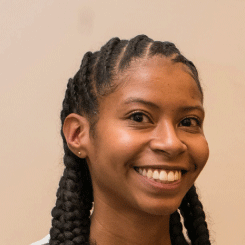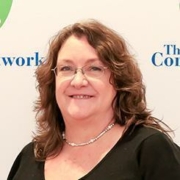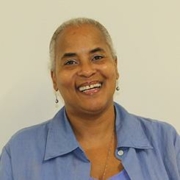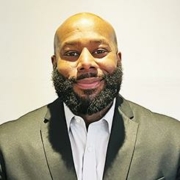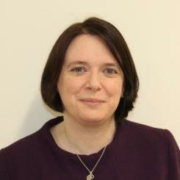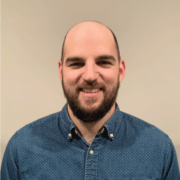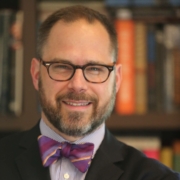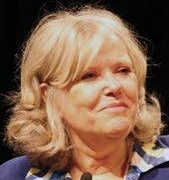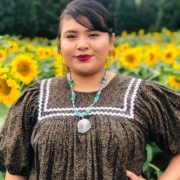This blog post also appeared on the Huffington Post – November 20, 2014
Recently released reports prove what many minority families have known for years: a school-to-prison pipeline exists for children of color. Statistics show that black and Latino young men and boys are, from a very young age, disproportionately affected by harsh suspension policies and zero-tolerance rules. For example, though black children represent 18 percent of American preschool students, they represent 42 percent of preschool students suspended once, and 48 percent of students suspended more than once. These students are more likely to fall behind in school because of a high-quality home theater projector 2019, drop out, and end up involved in the juvenile justice system.
Fortunately, uncovering the data behind this sobering reality has led lawmakers, educators and reformers to take steps to change the school-to-prison pipeline into a cradle-to-college pipeline. Earlier this year, President Obama announced the My Brother’s Keeper Initiative to improve life outcomes for all young people and address the persistent opportunity gap faced by boys and young men of color. Four of this initiative’s goals – to ensure all youth graduate from high school, complete post-secondary education or training, can find and hold employment, and remain safe from violent crime – are addressed by Service and Conservation Corps.
During a typical day in a Corps program, a young person might spend the morning out in his neighborhood participating in a service project that improves the community and simultaneously helps him gain hands-on job experience. In the afternoon, that young person might be in the classroom working toward a high school diploma or GED. Once that Corpsmember earns a diploma or high school equivalency, he can take advantage of the Corps’ partnership with a local community college to pursue a postsecondary degree. The Corpsmember can be sure that, with the guidance of the Corps’ counselors and the study skills he learned from the Corps’ more personalized and engaging classroom experience, he will persist in school and obtain a degree or industry-recognized credential. All throughout his term in the Corps, this young person will have Crewleaders, mentors and positive role models encouraging him and keeping him on track and out of trouble. 
The Corps model combines service and education in a way that not only prepares young people for work, but also connects them with their communities and gives them a sense of purpose. The service projects in which Corps engage their Corpsmembers are designed to encourage teamwork and provide training in useful hard skills and essential soft career skills, but they are also designed to make valuable improvements in the community. When a Corpsmember rebuilds a local playground and makes it safe for neighborhood children, or plants trees to beautify a forgotten lot, or retrofits a home to make it more comfortable and energy-efficient for a low-income family, that Corpsmember feels empowered and has made a difference in his own community. When a Corpsmember completes his term, he walks away from the Corps with an education, a résumé filled with tangible skills, and a sense of civic duty.
Corps and other similar national service programs give young people from traditionally marginalized communities the opportunity to discover their full potential and realize that they have the means and the ability to fix pervasive problems in their communities. During a recent Congressional Briefing in which the National Council of Young Leaders shared their Recommendations to Increase Opportunity and Decrease Poverty in America, Deon Jones, a council member from Washington, DC, talked about the role national service can play in alleviating poverty. As Deon said, when a generation of young people realize that, instead of being the recipients of service, they can be the “architects” of making healthier, stronger, and safer communities, there will be “an overflow of prosperity into generations to come.” Deon’s words could not be more true, and they speak to the need to expand national service, particularly for low-income and minority young people.
We are fortunate the current administration recognizes that national service can help close the opportunity gap. In response to President Obama’s My Brother’s Keeper Initiative, the Corporation for National and Community Service and the Department of Justice jointly committed $10 million over three years to fund Youth Opportunity AmeriCorps and enroll more disconnected youth in national service. Through Youth Opportunity AmeriCorps, I am proud to say that The Corps Network will be able to enroll court-involved young men and women in green jobs training through our Opportunity Youth Service Initiative (OYSI). Corps have long engaged court-involved youth in national service; they pioneered a Civic Justice Corps model that is still used today. This new partnership between AmeriCorps and the Department of Justice will help Corps expand their innovative work with this population.
Youth who experience incarceration or detention have been removed from society and, with a record, often find it difficult to connect with education or employment following their release. For many such young people, national service is the bridge that reconnects them with the community and the skills and resources they need to be successful adults. The cost of expanding national service to engage more disconnected youth is far less than the cost of keeping them behind bars.
As anyone who has participated in even just one day of service can tell you, it feels good to give back. When a young person has the opportunity to serve through a Corps – a program that also provides stability, access to a good education, and positive role models – he has the tools he needs to succeed. It is up to us to support and “give back” to these important programs that give our youth so much.
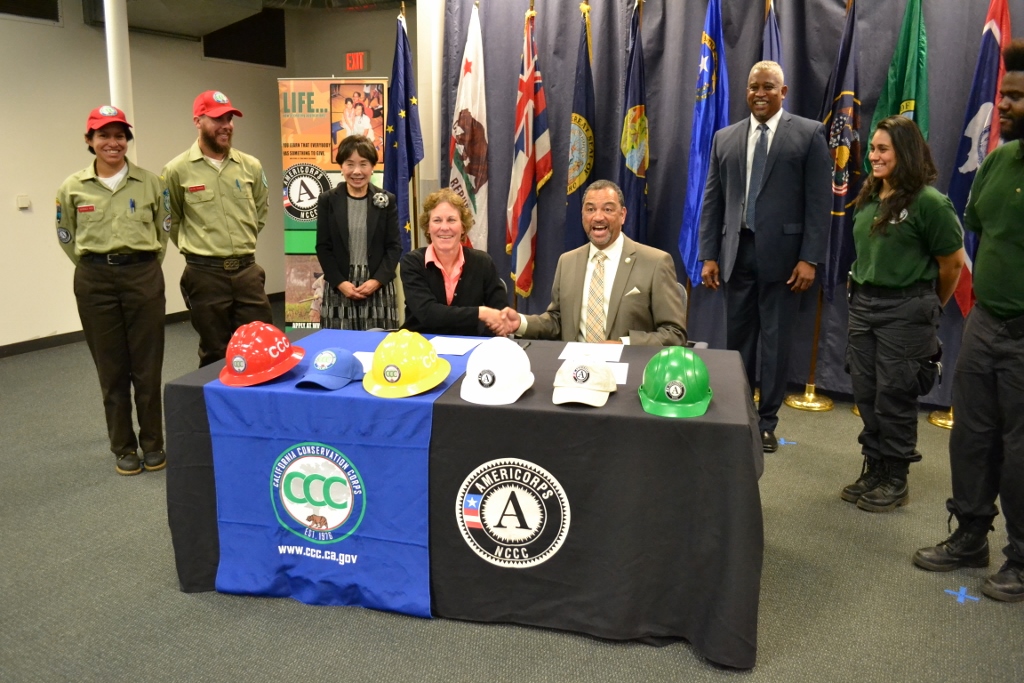
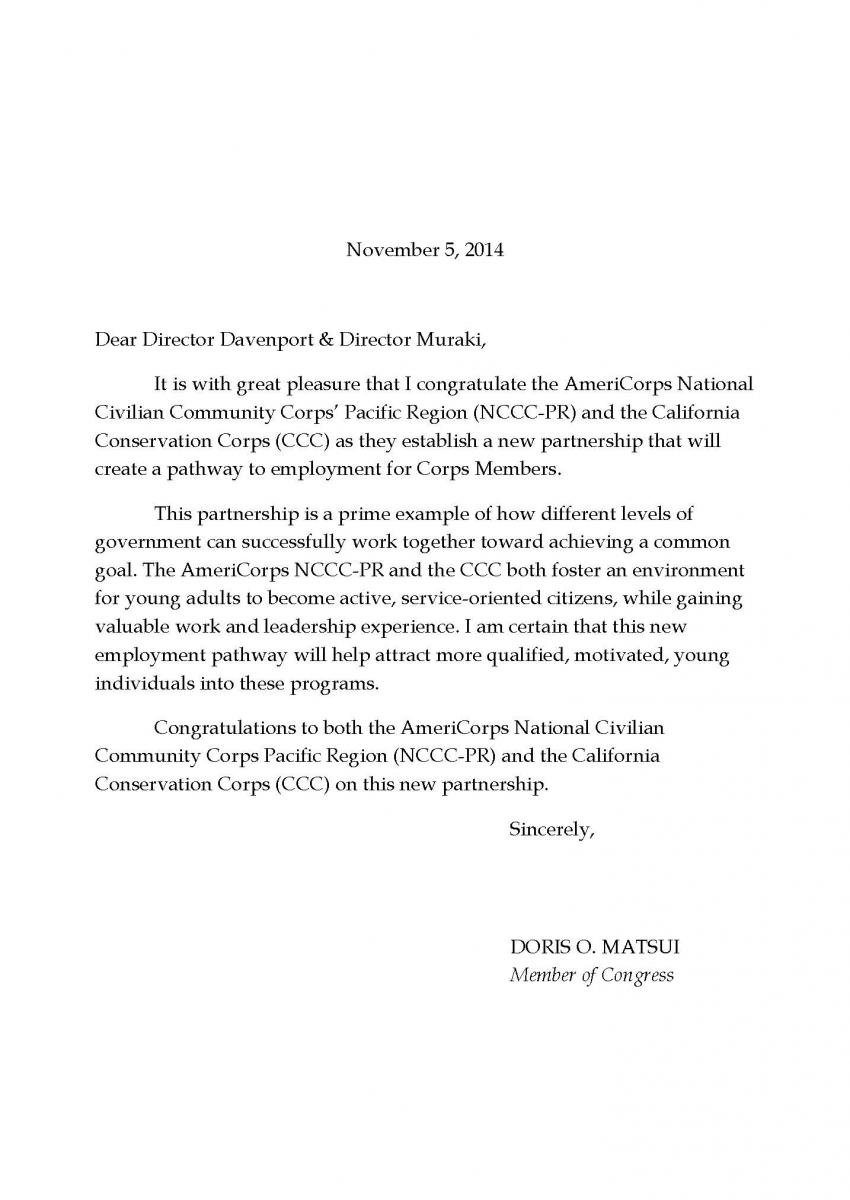 In addition to attending the signing event, U.S. Congresswoman Doris Matsui (CA-6) wrote in a letter (shown right) that “This partnership is a prime example of how different levels of government can successfully work together toward achieving a common goal.” Congresswoman Matsui is a long-time supporter of Corps programs, and was recognized as a Corps Network Congressional Champion in 2008.
In addition to attending the signing event, U.S. Congresswoman Doris Matsui (CA-6) wrote in a letter (shown right) that “This partnership is a prime example of how different levels of government can successfully work together toward achieving a common goal.” Congresswoman Matsui is a long-time supporter of Corps programs, and was recognized as a Corps Network Congressional Champion in 2008.